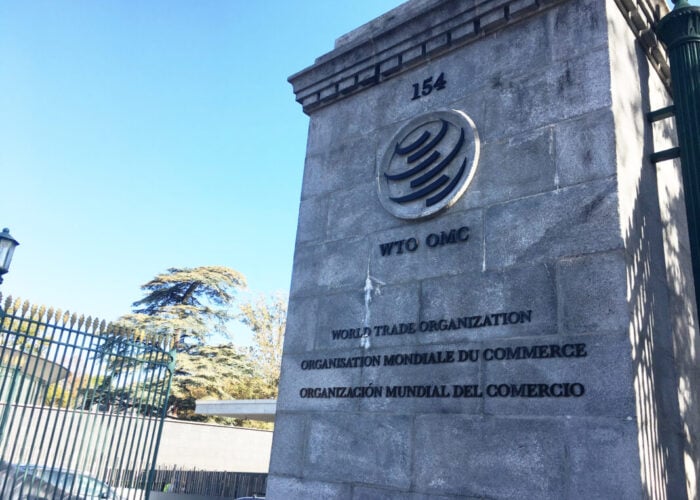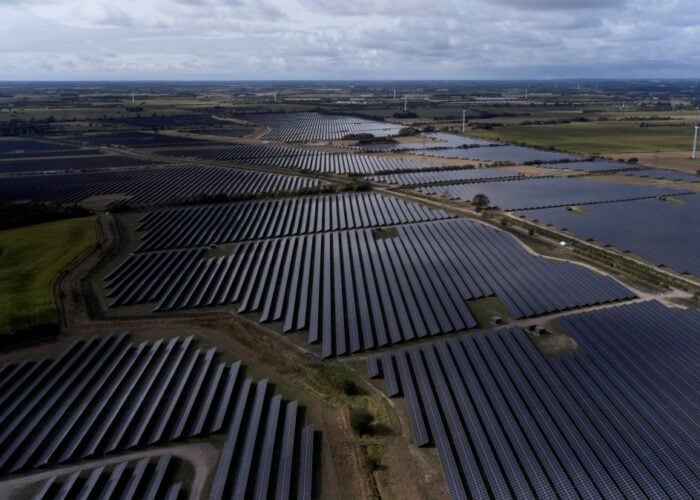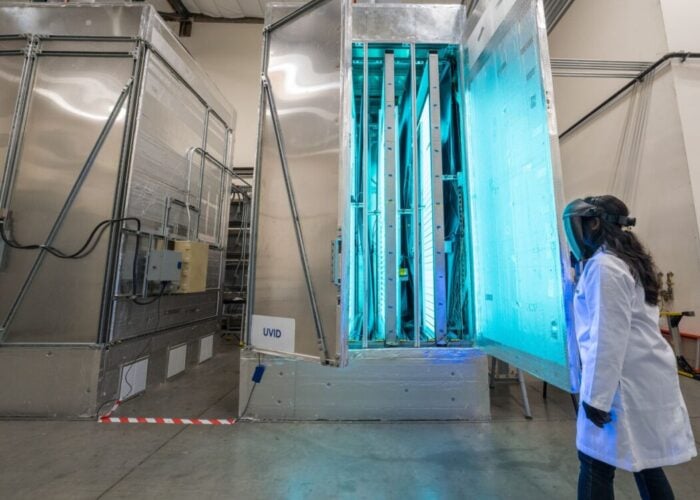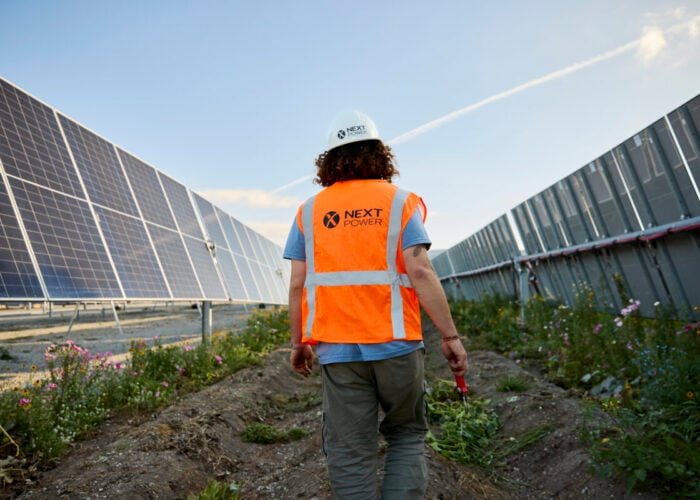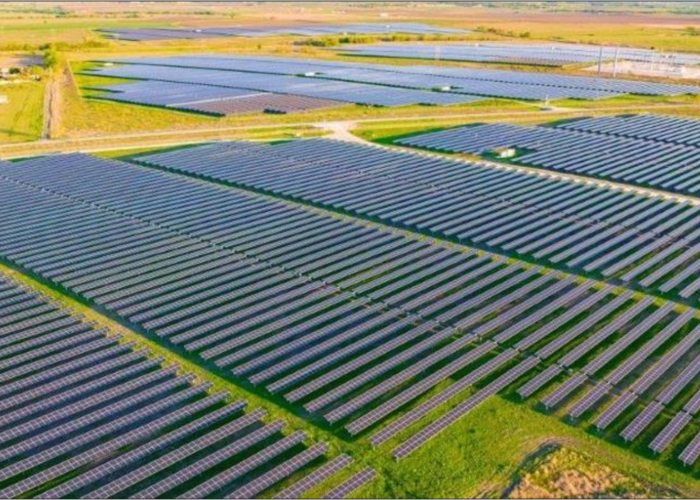UPDATED
Solar cell researchers at the University of New South Wales (UNSW) in Sydney, Australia, claim the highest efficiency for solar power ever recorded, announcing a new world record of 43% of sunlight converted into electricity at the research stage.
Try Premium for just $1
- Full premium access for the first month at only $1
- Converts to an annual rate after 30 days unless cancelled
- Cancel anytime during the trial period
Premium Benefits
- Expert industry analysis and interviews
- Digital access to PV Tech Power journal
- Exclusive event discounts
Or get the full Premium subscription right away
Or continue reading this article for free
This research expands on earlier work, which produced results of 42.7%. This new “composite” experimental efficiency of 43% will be the highest reported to date for any combination of photovoltaic devices.
The UNSW team, led by Professor Martin Green, Research Director of the UNSW ARC Photovoltaics Centre of Excellence combined with two US groups to demonstrate a multi-cell combination that has apparently set a new standard for converting sunlight into electricity.
Speaking with Prof. Green, PV-Tech found that these cells were being developed for use in CPV (concentrated photovoltaics). You can see in the diagram below how this technology works. The researchers have based their results on a five-cell stack, composed of NREL and Emcore independently developed cells and UNSW’s cell. The UNSW PERL cells ZT-1-4E were tested with 4.2 suns concentration, while the others at 20-40 suns concentration. All of these cells have been independently tested by Sandia National Laboratories.
When under test conditions the team had to decide upon the appropriate light spectrum to use, this is a common area of discussion in testing CPV cells. Prof. Green and his team decided upon global ASTM G173-03 spectrum, which produced results for the UNSW cell of 5.7% efficiency. Put together with NREL and Emcore’s cells this combination is designed to reach the record efficiency rate of 43%.
According to the team, the silicon cell is optimised to capture light at the red and near-infrared end of the spectrum, meaning it is able to convert up to 46% of light in that colour range into electricity. When combined with four other cells, each optimised for different parts of the solar spectrum, the five-cell combination is capable of converting 43% of the sunlight hitting it into electricity, improving on the previous world record by 0.3%.
“Because sunlight is made up of many colours of different energy, ranging from the high energy ultraviolet to the low energy infrared, a combination of solar cells of different materials can convert sunlight more efficiently than any single cell,” Professor Green said.
The research demonstrated here will be published in a technical article in the next edition of Progress in Photovoltaics.

